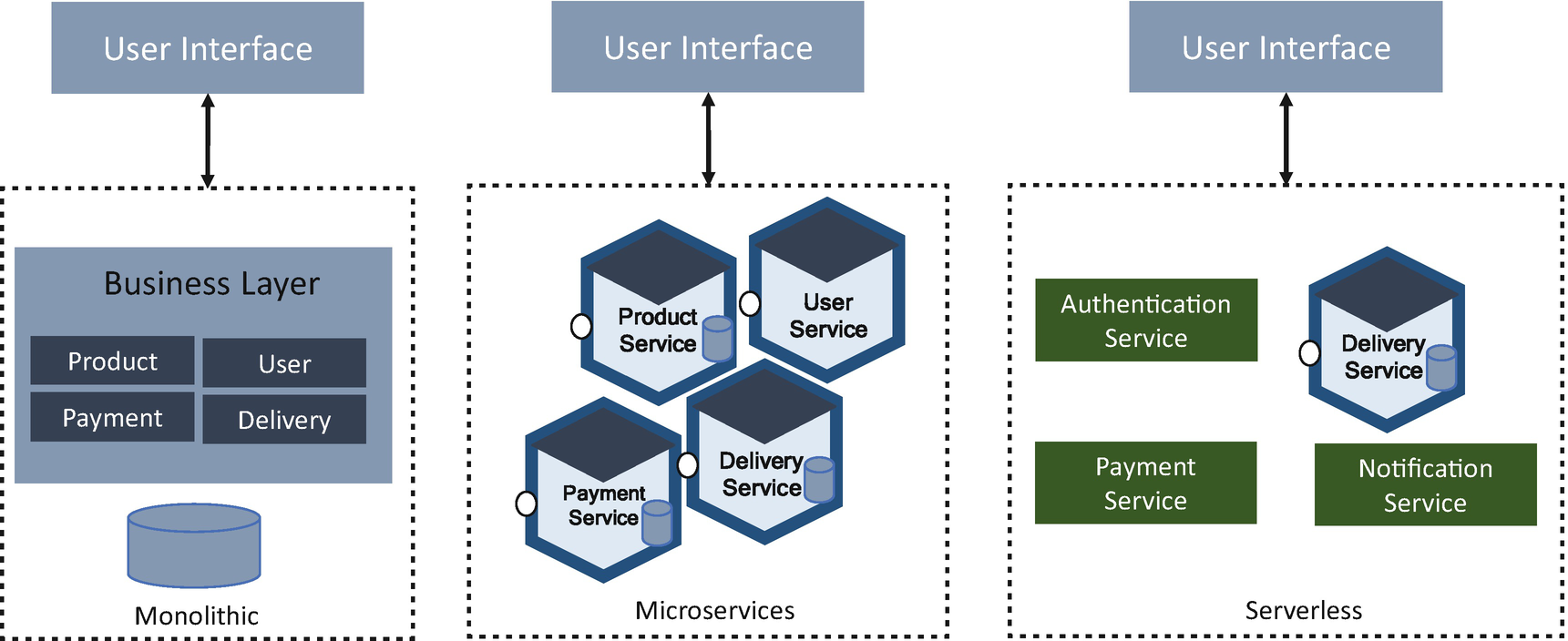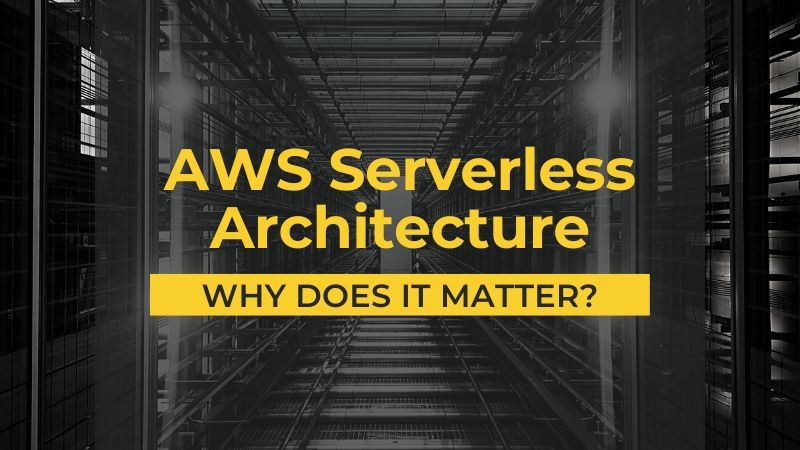

Lambda-based applications can take advantage of this granularity to help justify refactoring and optimization efforts with clear financial benefits. When computing costs are tied directly to application code, developers gain a detailed understanding of function usage and efficiency and can use this information to continually optimize code. Billing is based on the function execution-how long did the function run and how frequently was it invoked? By metering at the 100-millisecond level, developers can determine the exact cost for functions. Small event-driven Lambda functions execute more efficiently in comparison to monolithic applications that aren’t as responsive and consume greater computing resources. AWS Lambda gives enterprises greater control in architecting and optimizing workloads.
#WHAT IS SERVERLESS ARCHITECTURE CODE#
Two distinct benefits of the AWS Lambda model are granular control of code and detailed information regarding execution costs. In contrast to Amazon EC2 that is priced per hour and metered to the second, AWS Lambda is metered in 100-millisecond increments, and there’s no charge when your code is not running. A Granular Focus on Compute Time and CostĪWS Lambda-based architectures also transform the usage model from charging for server infrastructure management to charging for application compute time and does so using more granular metrics. As a result, the Lambda model allows developers to focus their skills on creating concise, on-demand applications, and not spend time writing code to manage server infrastructure. AWS Lambda functions execute code in response to events and automatically manage any computing resources the code requires.

With AWS Lambda, organizations can develop small, event-driven functions using Node.js, Python, Java, C#, PowerShell, Ruby and Go. With this server-based model, it is often difficult to obtain detailed insight into application-level optimization that would improve overall efficiency.ĪWS Lambda serverless architectures offer a better economic model to efficiently manage cloud computing applications and their required resources. Regardless of how you’re utilizing the provisioned resources-whether the running server sits idle or is heavily taxed-you pay for running instances. For this arrangement, you’re typically charged on a per instance or per hour metric, usually calculated to the nearest second.
#WHAT IS SERVERLESS ARCHITECTURE SOFTWARE#
Typical usage models for cloud architectures are based on provisioning servers and their operating systems, managing software updates and failsafe resources, and scaling server instances up or down as processing demands change. What is it? Why should I make the change? How can I benefit? Let’s begin by comparing Lambda to traditional cloud server architecture and usage.

With the continued innovation from cloud service providers like Amazon, some of the more recent (and frequent) questions I’m asked by AWS clients concern AWS Lambda and serverless architecture. We’re well past the early adopter stage for cloud computing, but advancements in cloud technologies, such as serverless architectures, are gaining interest and offer performance advantages to organizations willing to investigate and adopt the technology. On top of being easier to build, serverless functions require a relativelycoding knowledge to build, which opens up development to those at lower skill levels.With any new technology or business model, there are early adopters who thrive on learning, implementing, and mastering its functionality or technique.All of that is handled by the serverless computing platform, leaving you with no complication outside of a slightly larger bill for additional computing time. There’s never a need to partition a new cloud server or purchase additional computing power for an existing instance.No costs when functions aren’t running.Hence, there’s no infrastructure to maintain, physically or virtually, with serverless computing. Serverless computer services are small snippets of code meant to execute a single function, executed on pre-existing servers that run functions for countless other customers as well.Reducing development time and server costs while simplifying the build process are goals that universally appeal to business teams and IT teams.Serverless is ideal for independent task-based applications such as chatbots and can save on operational costs since billing is based on the actual number of requests.


 0 kommentar(er)
0 kommentar(er)
